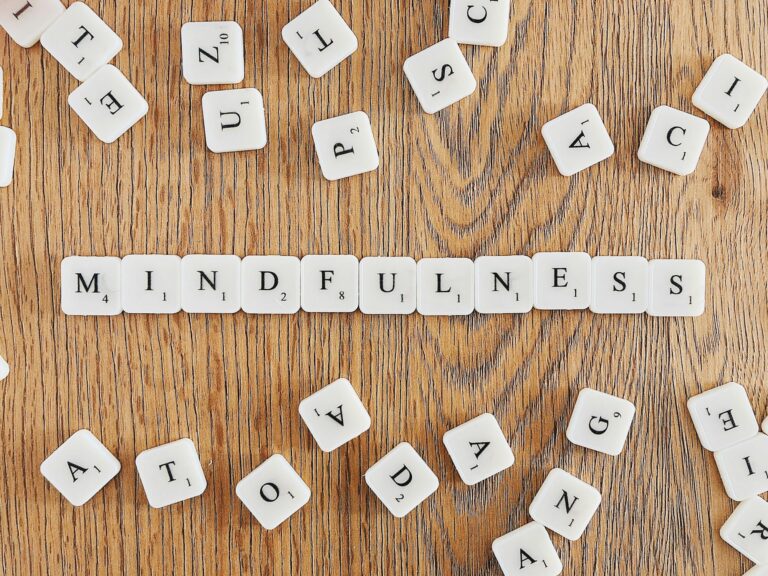In today’s fast-paced world, managing stress and anxiety can feel like an uphill battle. But don’t worry—you’re not alone, and there are plenty of strategies to help you navigate these challenges. Let’s dive into practical ways to manage stress and anxiety, making life a little more enjoyable and a lot less overwhelming.
1. Understanding Stress and Anxiety
1.1 What is Stress?
Stress is your body’s natural response to challenging situations. It can be caused by work pressures, relationship issues, or financial troubles. While a little stress can be motivating, too much can lead to burnout. Think of stress as your body’s alarm system, signaling that something needs your attention.
1.2 What is Anxiety?
Anxiety, on the other hand, is more than just feeling stressed. It’s a persistent feeling of worry or fear that can interfere with daily activities. Anxiety can manifest as physical symptoms like a racing heart, sweating, or difficulty breathing. It’s like having an alarm system that goes off even when there’s no immediate danger.
2. Strategies for Managing Stress
2.1 Identify Your Stressors
The first step in managing stress is identifying what triggers it. Is it your job? Your relationships? Financial concerns? Once you pinpoint the source, you can start addressing it. Keep a stress diary to track what triggers your stress and how you respond.
2.2 Practice Relaxation Techniques
Relaxation techniques can help calm your mind and body. Techniques like deep breathing, meditation, and progressive muscle relaxation can reduce stress levels. Try to set aside a few minutes each day to practice these techniques. It’s like hitting the reset button on your stress levels.
2.2.1 Deep Breathing Exercises
Deep breathing is a simple yet effective way to reduce stress. Try the 4-7-8 technique: breathe in for 4 seconds, hold for 7 seconds, and exhale for 8 seconds. This helps slow down your heart rate and calm your mind.
2.2.2 Progressive Muscle Relaxation
Progressive muscle relaxation involves tensing and then slowly relaxing each muscle group in your body. Start with your toes and work your way up to your head. This practice can help release physical tension and promote relaxation.
2.3 Stay Active
Exercise is a powerful stress reliever. Physical activity releases endorphins, which are natural mood lifters. Aim for at least 30 minutes of moderate exercise most days of the week. Whether it’s a brisk walk, a yoga session, or a bike ride, find something you enjoy and stick with it.
3. Strategies for Managing Anxiety
3.1 Cognitive Behavioral Therapy (CBT)
Cognitive Behavioral Therapy (CBT) is a highly effective treatment for anxiety. It helps you identify and challenge negative thought patterns and replace them with more positive ones. Consider seeking a therapist who specializes in CBT to guide you through this process.
3.2 Limit Caffeine and Alcohol
Caffeine and alcohol can exacerbate anxiety symptoms. Caffeine can increase heart rate and make you feel jittery, while alcohol can disrupt your sleep and mood. Try to limit your intake of these substances, especially during times of heightened anxiety.
3.3 Develop a Healthy Sleep Routine
Good sleep is essential for managing anxiety. Establish a regular sleep routine by going to bed and waking up at the same time each day. Create a relaxing bedtime ritual, such as reading or taking a warm bath, to signal to your body that it’s time to wind down.
4. Building a Support System
4.1 Reach Out to Friends and Family
Talking to someone you trust can be incredibly comforting. Reach out to friends or family members when you’re feeling overwhelmed. Sharing your feelings can help you gain perspective and feel less isolated.
4.2 Join a Support Group
Support groups offer a sense of community and understanding. Whether in-person or online, joining a group where you can share experiences and coping strategies can be very helpful. Look for groups focused on stress and anxiety to connect with others facing similar challenges.
5. Incorporating Self-Care into Your Routine
5.1 Prioritize Self-Care Activities
Self-care is not selfish—it’s necessary. Make time for activities that nourish your mind, body, and soul. This could be anything from reading a book, taking a walk in nature, to indulging in a hobby you love. Think of self-care as maintenance for your well-being.
5.2 Practice Mindfulness
Mindfulness involves staying present and fully engaging with the moment. Techniques like mindful meditation, mindful eating, and even mindful walking can help reduce stress and anxiety. By focusing on the present, you can avoid getting caught up in worries about the past or future.
5.2.1 Mindful Meditation
Set aside a few minutes each day to sit quietly and focus on your breath. If your mind wanders, gently bring your attention back to your breathing. This practice can help you stay grounded and reduce anxiety.
5.2.2 Mindful Eating
Pay attention to what you eat and how you eat it. Savor each bite, notice the flavors and textures, and avoid distractions like TV or smartphones. Mindful eating can turn mealtime into a calming and enjoyable experience.
Conclusion
Managing stress and anxiety is an ongoing journey, but with the right strategies, you can lead a more balanced and fulfilling life. Start by identifying your stressors and incorporating relaxation techniques into your routine. Stay active, build a support system, and prioritize self-care. Remember, it’s okay to seek professional help if you need it. By taking these steps, you can regain control and find peace amidst the chaos. So, take a deep breath, embrace these strategies, and embark on your journey to better mental health. You’ve got this!








